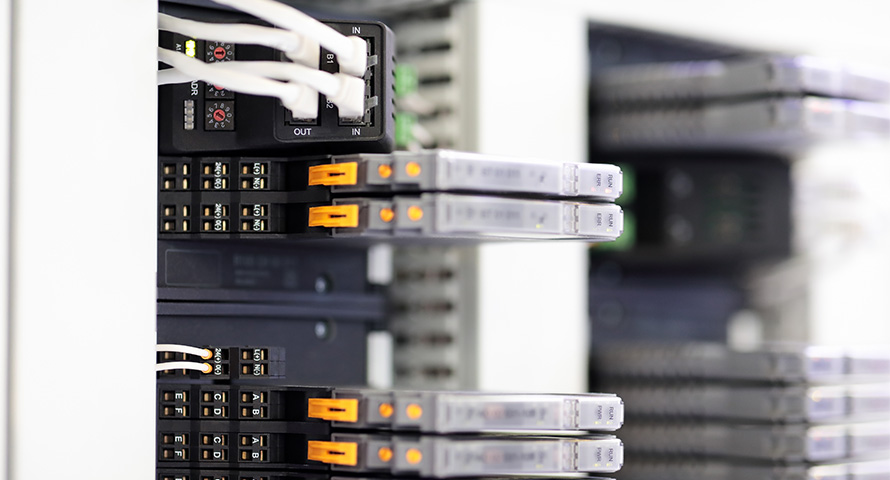Arduino Ethernet IO Controller

Summary
Here’s a little project that isn’t hard to build, but really has unlimited uses. Here, the Arduino uses an Ethernet Shield to serve up web pages with info about the current state of the IO pins, and when a user clicks on a link on the web page, they can change the digital outputs. Sounds simple, but it means that you can control simple devices from any browser which can connect to the Ethernet Shield.
Thanks to the company VPN, someone 1000km away is currently making lights flash on my desk, and
he can see what temperature it is on my desk. But you could also make it externally accessible by changing the port forwarding settings on your router (be careful though- there’s no password, so pretty much anyone can access the Arduino then).
What’s it good for? Turn on the lights in another room (relay module). See if someone has left the fridge door open (analog light or temperature sensor). See if it’s raining (go outside, or use a rain sensor module). Pretty much anything you can control with a digital on-off output, or read with a 0-5V analog input can be connected to this project.
Materials Required
| 1 | Duinotech UNO r3 Main Board | XC4410 |
| 1 | Arduino Compatible Ethernet Expansion Shield | XC4412 |
| 1 | Arduino Compatible RGB LED Module | XC4428 |
| 1 | ANALOG TEMPERATURE SENSOR MODULE | XC4538 |
| 1 | 10m Cat 5E Patch Cable - Blue | YN8205 |
Resources
Table of Contents
Similar projects you may be interested in

